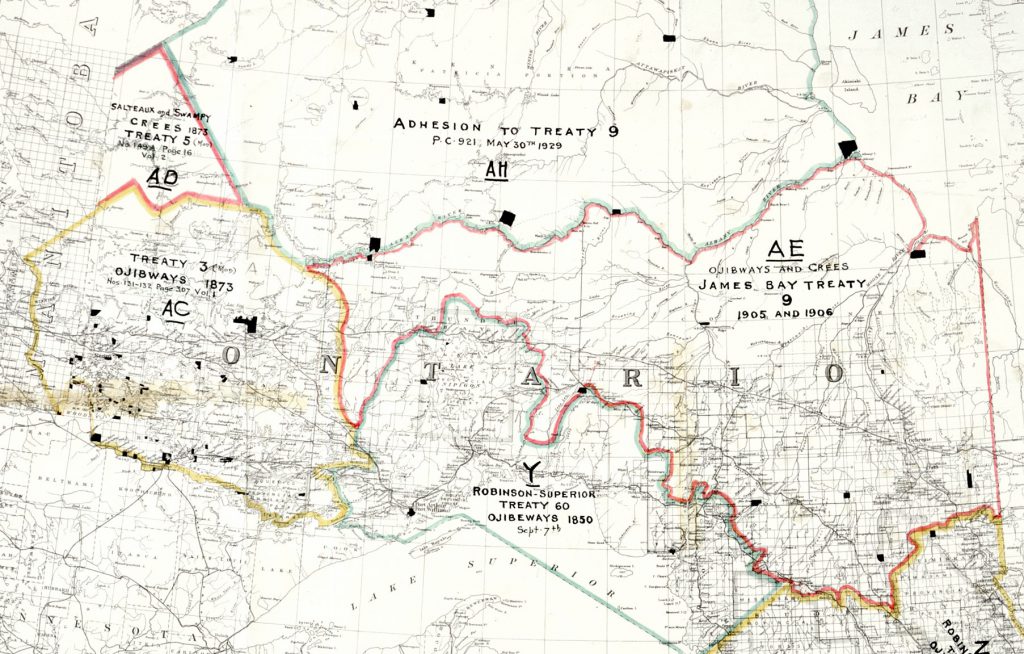-
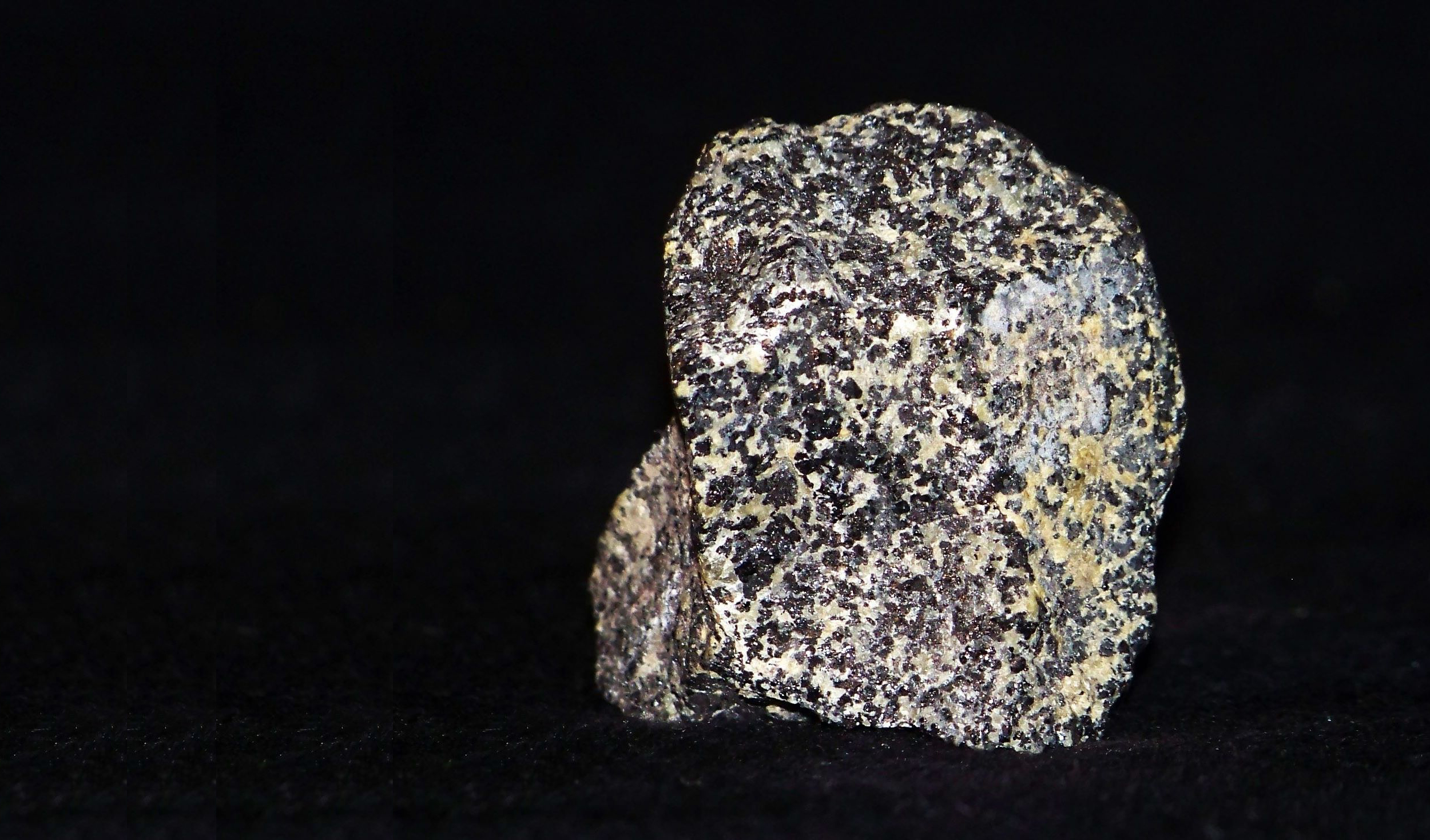 The mineral chromite is the only source of the metal chromium
The mineral chromite is the only source of the metal chromium -

Without chromium, stainless steel would not exist -
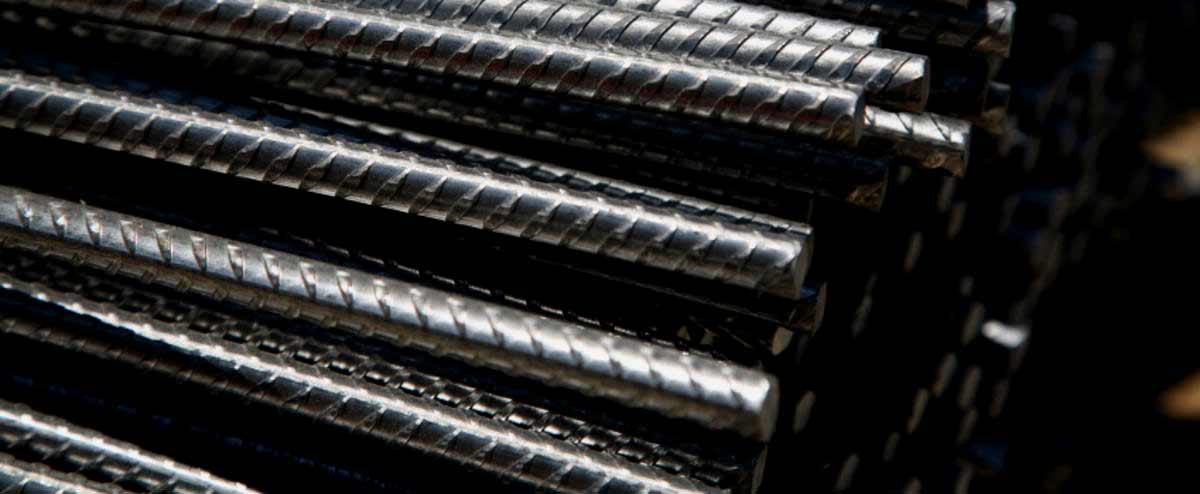
Without stainless steel, our bridges and buildings quickly crumble -

Without chromite to make stainless steel, we cannot create lasting dreams! The Kelpies, in Scotland, sculptured by Andy Scott is clad in stainless steel -

Our need for stainless steel has been growing by 5 to 7% for 70 years Stainless steel improves the sustainability of our increasing use of metal because it makes everything more durable -

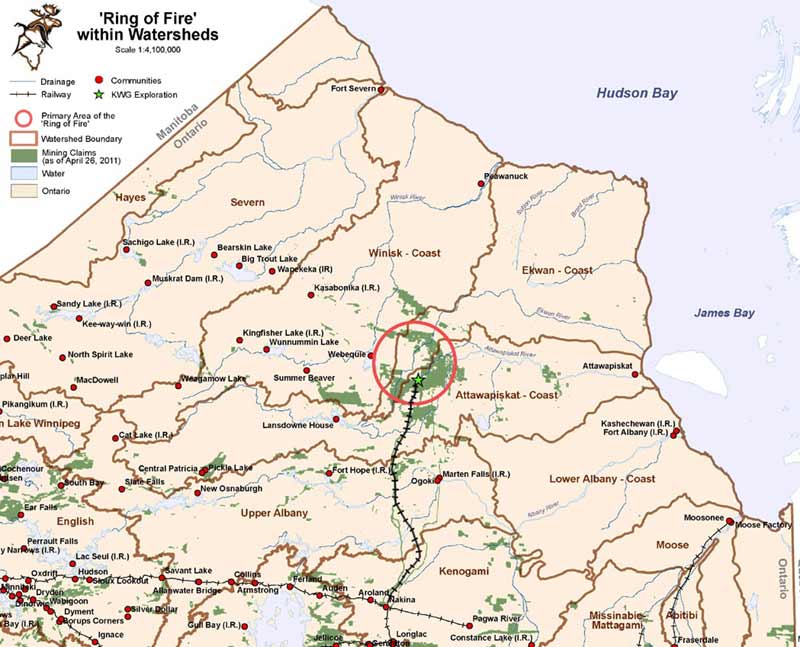


-

-
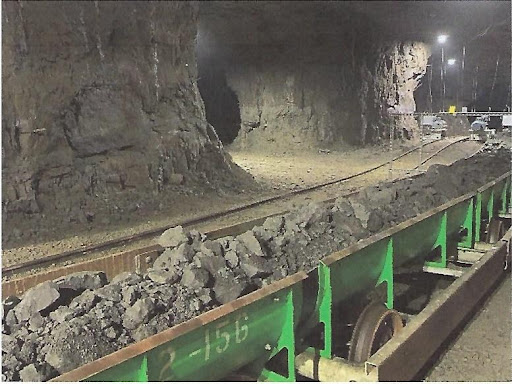
-

Canada Chrome Corporation has staked mineral claims over a 330 kilometer route of unique high ground through the wetlands Low cost rail transport ensures the economic viability of mining chromite -
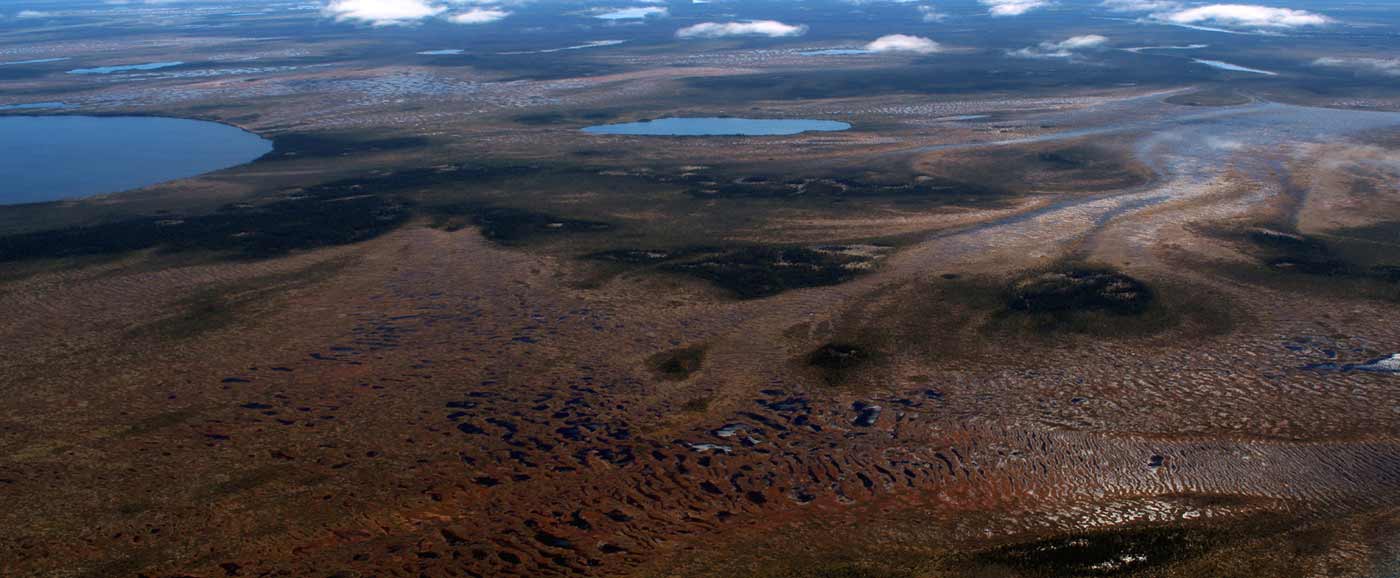
Rail transport will reduce the footprint and negative impact on the ecologically sensitive wetlands We value our natural environment -

Canada has a significant global advantage in reducing chromite to ferrochrome alloy; natural gas An oversupply of natural gas in North America for many decades will keep its price low Chromite is currently reduced to ferrochrome at 1700 degrees in electric arc furnaces KWG has invested in the development of natural gas reduction of chromite KWG's gas chromite reduction is "new art" and is the subject of global patent applications KWG's gas chromite reduction occurs at 1300 degrees, leading to much lower energy consumption -

The energy savings of KWG's chromite gas reduction replacing the existing method is equivalent to the power needs of a country the size of Italy -

KWG's gas chromite reduction releases fewer greenhouse gases KWG's gas chromite reduction will revolutionize ferrochrome production -

In honour of the treaty between the First Nations of this land and Crown, it is KWG's desire that the First Nations be partners in the Ring of Fire developments 
As partners and owners, First Nations could shape their future!

Black Horse
KWG Resources is now the Operator of the Black Horse Joint Venture after it had acquired a vested 50% interest through Bold Ventures Inc. which is carried for 10% (20% of KWG’s equity in the JV) by KWG funding all exploration expenditures. The Corporation had the right to acquire: (i) up to an 80% interest in respect of chromite contained in the Koper Lake Project; and (ii) up to a 20% working interest in respect of the non-chromite minerals contained in the Koper Lake Project.
On September 1, 2022, KWG Resources closed a transaction with Fancamp Exploration Ltd. whereby KWG Resources purchased all of Fancamp’s interest in the Koper Lake claims which consist of 4 “legacy” mining claims. Fancamp retains a 2% Net Smelter Return Royalty. Under the pre-existing KWG-Bold Ventures Inc. Joint Venture agreement, and the Bold-Fancamp Option Agreement, Bold retains a 10% carried interest in chromite and a 40% working interest in all other metals found within the claims. Bold also possesses a Right of First Refusal on a 1% NSR covering all metals found within the claim group.
In early 2011, Fancamp Exploration discovered significant chromite in two holes while drilling deep in the search for Nickel-Copper-Platinum. Hole FN-10-025 intersected 210 metres grading 43 % Cr2O3and hole FN-10-026 intersected 57 metres grading 45 % Cr2O3. Fancamp named their discovery the Black Horse. Drilling by KWG in 2013 and 2014 intersected significant chromite in 7 additional holes, which together with the two Fancamp holes formed the basis for a 43-101 compliant resource estimation conducted by Sibley Basin Group.
![]() Koper Lake Project Chromite Deposit McFauld’s Lake Area, Ontario, Canada Porcupine Mining Division NTS 43D16 Updated Mineral Resource Estimation Technical Report UTM: Zone 16, 548460m E, 5842511m N, NAD83 – December 15, 2015
Koper Lake Project Chromite Deposit McFauld’s Lake Area, Ontario, Canada Porcupine Mining Division NTS 43D16 Updated Mineral Resource Estimation Technical Report UTM: Zone 16, 548460m E, 5842511m N, NAD83 – December 15, 2015
The final report dated Dec 15, 2015 estimated that the Black Horse chromite deposit contains 85.9 million tonnes grading 34.5% Cr2O3 in the inferred resource category.
In addition to confirming that the Black Horse chromite deposit does not come to surface and its upper termination is 350 metres below surface, the 2013 and 2014 drilling programs discovered that the reason why the deposit does not come to surface is that it has been truncated by a shear zone named Frank’s Fault. The interpreted six kilometers of displacement along this fault is responsible for the apparent gap in between the chromite deposits in the north, the Big Daddy, Black Creek, Black Thor and Black Label and the deposits in the south, the Blackbird and the Black Horse. It is interpreted that the Big Daddy is the fault offset counterpart of the Black Horse, and that being the case, the fault offset equivalent of the Black Creek, Black Thor and Black Label deposits are contiguous and to the immediate north of the Black Horse deposit, on the Fancamp claims.
The following is a detailed geological analysis of Frank’s Fault.
The Fancamp claims (the Black Horse Project) consist of about 1,024 hectares covered by 4, 16-unit unpatented mining claims (Figure 6). To the immediate west of the Fancamp claims are claims owned by Noront that contain the Eagles Nest nickel-copper-platinum deposit, 300 metres north from a Fancamp claim post. Noront’s Black Bird chromite deposit terminates against the western boundary at the south end of the Fancamp claims. The northernmost Fancamp claim is adjacent and west of the claim containing the Big Daddy chromite deposit, and south of a claim containing the Black Creek chromite deposit that belongs to Probe Mines Ltd. (“Probe”). The Fancamp claims are also contiguous with the claims recently acquired from MacDonald , called the Hornby property, to the east. Along the southern boundary of the Fancamp claims are two claims staked by KWG on June 17th, 2011 after the existing claims owned by MacDonald lapsed. Exploration by Fancamp from 2008 to 2012 consisted of geophysics followed by diamond drilling searching for nickel-copper mineralisation. In 2011 Fancamp intersected chomite at depth in two holes; hole FN-10-025 intersected 210 metres grading 43 % Cr2O3 and hole FN-10-026 intersected 57 metres grading 45 % Cr2O3.
Under the Fancamp Claims Project, KWG has an option to earn up to 80% in any chromium production and 20% in other minerals, and Bold in turn have an option to earn a 100% interest in the property from Fancamp , with Bold being the operator in the initial option period.
Structural Interpretation of Frank’s Fault
The 2013 drilling campaign consisted of drilling 9 holes within 600 metres of the western boundary of the Fancamp claim block, in between Black Horse chromite discovery holes FN-10-025 and FN-10-026 and the Noront claim boundary which is the western termination of the Blackbird chromite deposit (Figure 7). Of these 9 holes, 4 (FN-13-030, 031,032,and 033) were intended to test a 3-D solid model that encapsulated chromitite intercepts on the neighbouring Noront claims and the two chromitite intercepts in holes FN-10-025 and 026 (Figure 8). This model did not come to surface, with the shallowest point being 250 metres below surface at the Noront claim boundary, with the upper limit plunging at 13 degrees to the northeast. At that point in time there was no explanation, other than a lack of drilling, as to why the chromitite did not extend to surface and why there is a 4 kilometer gap between the southern chromitite ( Blackbird and Black Horse), and the northern chromitite( Big Daddy, Black Creek, Black Thor and Black Label). Two holes, FN-10-034 and 036 were drilled to test a near surface target representing a possible up plunge projection of the chromitite associated with a peak in the gravity model. Two holes, FN-10-035 and 037, were deeper holes drilled to intercept a possible northeasterly up-plunge extension of the chromitite intersected by hole FN-10-025. One hole, FN-13-029 is a deep vertical hole drilled near the northwest corner of the claim block for the purpose of conducting a downhole electromagnetic survey in search of conductive massive sulphides containing nickel and copper.
Holes FN-13-030, 031,032 and 033 intersected significant chromite and confirmed the continuity between the deep intersection in holes FN-10-025 and 026, and the chromitite intersected on the adjacent Noront property. All 9 holes intersected distinctive strongly foliated talc breccia containing abundant quartz veining which is contained within a broad zone of strong foliation, and further contained within a broader zone of talc alteration (Figures 9a,b,c). The combined zones of talc breccias and strong foliation had intercept lengths ranging from 40 to 110 metres, with an average of 63 metres. These intercepts also contain abundant fault gouge. These 9 intercepts define a plane striking at 60 degrees, dipping northwest at 60 degrees. The line, or zone of intersection of this 50 meter thick plane with the plane of the 50 meter thick chromitite, which strikes at 53 degrees, and dips to the northwest at 75 degrees, plunges to the northeast at 13 degrees. This line of intersection is in fact a broad zone because of the thickness of the intersecting planes. The main chromitite only occurs below this line of intersection. This talc-quartz breccias is interpreted to be a ductile shear zone with later brittle reactivation producing fault gouge that has truncated the chromitite. This zone has been named “Frank’s Fault” (Figure 10).
Those 5 of 9 intercepts of Frank’s Fault that are above its intersection with the main chromitite contain low grade chromite mineralization as disseminations and semi massive pods which have well developed foliation (Figures 11a, b). These chromite occurrences are interpreted to be remobilized chromite transposed into the shear zone. The 3 intercepts of Frank’s Fault below its line of intercept with the chromitite do not contain chromite. This difference is of some use in reconstructing the movement vector along Frank’s Fault. The 3 holes drilled towards the southwest intersected Frank’s Fault prior to the main chromitite. The exception to this was hole FN-13-030, it intersected the “zone” of intersection between Frank’s Fault and the main chromitite. The chromite is contained in foliated rock has only been partially remobilized from the main chromitite, and as such likely represents an incomplete section of the original main chromitite.
A distinctive feature of Frank’s Fault is an abundance of quartz. Most of the quartz was introduced into the host rocks in the form of veins and some through silicification. The quartz in the talc-quartz breccias consist of centimeter scale tabular fragments which are the remnants of quartz veins that existed prior to the ductile deformation of the ultramafic host (Figure 9c). Remnants of larger veins are also common as lozenge shaped fragments (Figure 9a, b). In several holes, up to 50 metres of pure white quartz was intersected (Figure 12). The host ultramafic rock in the vicinity of quartz veining is always completely altered to talc. Talc alteration extends tens of metres into the wallrock beyond the veins. Frank’s Fault has features typical of Archean age shear zones commonly associated with gold mineralization. When plotted on a surface plan juxtaposed next to a geological map of the Noront property, Frank’s Fault is aligned with Noronts Triple J gold occurrence described as a talc-quartz breccias (Figure 13).
The 2014 drilling campaign had the primary objective of extending the Black Horse chromitite deeper as the 2013 chromitite intercepts were near its upper termination against Frank’s Fault. The program had a secondary target, 1.6km to the northeast, a target labeled C-6 by Fancamp (Figure 14). This target is defined by coincidental north-south magnetic and electromagnetic anomalies and east-west gravity high. Fancamp had drilled an east-west hole across a weak north-south electro-magnetic response which intersected a minor amount of chromite. The first hole (FN-14-038) drilled and completed in this campaign was a south to north hole designed to drill through the east-west gravity high that could be caused by chromite combined with its higher density host ultramafics. The hole encountered several intersections of disseminated to semi massive chromite mineralization from the top of the hole at 40.62 to 107 metres depth in variably sheared and talc altered ultramafics. This chromite mineralization resembles the chromite that occurs in Frank’s Fault above the Black Horse chromitite. The drill was moved back 100 metres and a second hole, FN-14-039 was drilled underneath hole 038. The hole was collared in foliated mafic volcanics which from 116 to 170.9 metres were strongly sheared and silicified. This was followed by quartz-magnesite-talc breccias to a depth of 265.5 metres containing occasional intersections of disseminated to semi-massive chromite. This breccia is very similar to the distinctive breccias of Frank’s Fault and the sequence of lithology in this hole is similar to that in hole FN-13-034 which intersected Frank’s Fault nearest to surface, also in contact with silicified volcanics (Figure 7). The breccia intersected in this hole is located on strike with the plane of Frank’s Fault adjacent to the Black Horse, and is therefore interpreted as its extension. The total length of Frank’s Fault, which includes 4 kilometers on the adjacent Noront property, is 6 kilometers. This length, combined with its thickness leads to the conclusion that Frank’s Fault is a regionally significant shear zone that is responsible for the dislocation of the chromitite. This begs the question, where is the fault-offset twin of the southern chromitite, the Blackbird-Black Horse deposit?
A review of all previous drilling on the Fancamp claims was undertaken with the objective of mapping out the extent of Frank’s Fault. The fault has numerous distinctive features that are useful to its identification; broad zones of ductile deformation, fault gouge, evidence of hydrothermal activity such as veins, broad zones of alteration, anomalous gold and copper concentrations associated with the hydrothermal activity, and foliated chromite. The review found 23 intersections with a combination of these features that are attributed to Frank’s Fault with a high level of confidence over a distance of 3 kilometers, from the western boundary where 19 intercepts from surface to a depth of one kilometer over a strike length of one kilometer define the plane of Frank’s Fault, to the C-6 target area where 3 holes intersect the fault, and then to the north central part of the property where hole FN-10-21 intersected the fault with foliated chromite (Figure 15).
There has been no drilling northeast of hole FN-10-21 along the projected northeast strike of the fault until the southern boundary of the property containing the Big Daddy chromite deposit. A review of drill core logs from the Big Daddy deposit found 17 intersections with evidence of high strain, all on the southeast side of the Big Daddy. The envelope containing these high strain features is broad and it encompasses the southernmost 200 metres of the Big Daddy chromitite, and at surface lies to the southeast of the remainder of the Big Daddy, with sub-parallel strike to the Big Daddy (Figures 16 and 19). This southernmost 200 metres of the Big Daddy is significantly different from the rest of the deposit. This part of the deposit strikes at 45 degrees, as opposed to 60 degrees. The Cr2O3 grade range of the massive chromitite in this souththernmost segment is 34 to 38% Cr2O3, while it is 40 to 44% in the remainder of the deposit. While the combined H2O-CO2-S (LOI) content of massive chromitite is usually less than 0.5%, in this southernmost segment it is 2 to 5%. In addition, this part of the deposit coincides with numerous intersections with high gold and copper assays. This southernmost segment of the Big Daddy chromitite has been subjected to pervasive hydrothermal alteration, mostly seen as talc. As seen on the Fancamp claims, and in all Archean age volcanic belts, alteration is most often associated with regional scale shear zone which serve as pathways for hydrothermal fluids. The change of orientation of the southern 200 metres of the Big Daddy is likely due to rotation within the broad zone of ductile deformation and some of the chromite is likely remobilized.
The fact that the southern termination of the Big Daddy chromite deposit coincides with a broad zone of ductile deformation, interpreted to be the extension of Frank’s Fault, implies that the Big Daddy deposit could be truncated by shearing. As this shear zone dips towards and underneath the Big Daddy deposit it should therefore intersect the deposit at depths ranging from 400 to 600 metres. Drilling on the Big Daddy has not been deep enough to validate this assertion, but an interpretation of the drilling results on Probes Black Creek deposit is that it’s truncated at depth. The Black Creek deposit was drilled by Probe in 2009 and 2010 with a total of 27 holes. The Black Creek chromitite is separated from the Big Daddy chromitite by 500 metres as a result of displacement along a late brittle north-south fault (Figure 17). Based on Probes 2015 43-101 report, the 15 holes that intersected the Black Creek chromitite at 50 meter spacing define a very continuous tightly constrained predictable bedded chromitite with a northeast strike, dipping southeast at 65 degrees. However, two deep holes, BC10-24 (524m) and BC10-25 (443m) did not intersect the chromitite at its projected location down dip near the centre of the chromitite as established by the shallower drilling. This sudden termination can only be a result of faulting. The only evidence of faulting that could be gleaned from the 43-101 report is the occurrence of two holes that were terminated prior to reaching the chromitite. They were likely terminated because the holes caved and jammed the rods. This often happens when drilling though sheared rock, it is therefore likely that these holes ended in a fault. The only other evidence of a shear zone is an isolated narrow chromite intercept in the hanging wall in hole BC10-21 which could be chromite remobilized into a shear zone. The plane plotted through these 3 point dips at 60 degrees to the northwest with a strike nearly parallel to the chromite. As seen on Figure 18 the plane passes just below the chromite intercept in hole 21, and above hole 25, which is barren of chromite. Interpreting this plane to be a fault explains the failure of holes 24 and 25 to intersect the chromitite. The line of intersection between this fault and the chromitite plunges at 30 degrees to the northeast. The chromitite at the southern end is cut off by the fault at a depth of 100 metres while at the northern end, a strike distance of 350 metres, the chromitite is cut off by the fault at a depth of 320 metres. The orientation of the plane is the same as Frank’ Fault, and could possibly be Frank’s Fault.
A 3-D model of Frank’s Fault and both chromite deposit shows that the Black Horse is underneath the fault plane inclined at 60 degrees, while 4 km to the northeast the Big Daddy is above the fault (Figure 19). If the chromitite is used as a marker to measure the horizontal displacement along the fault, and the Big Daddy represents the fault offset twin of the Black Horse, the horizontal movement would be 4 to 6 km depending on the amount of overlap. To validate this structural reconstruction a second independent measure of this movement is needed. Figure 20 is a simplified geological map produced by Noront that covers the eastern portion of the Fancamp claims and that portion of the Noront property that includes the Eagles One Ni-Cu-PGE deposit, the Blackbird chromite deposit and other mineral occurrences. This geological map shows a northeast trending fault perfectly superimposed on the trace of Frank’s Fault. The Eagles Nest is located in the midst of a number of bodies of ultramafic rock north of the fault, and which terminate against the fault. Another cluster of ultramafic bodies occurs south of the fault, host to the Blackbird, Triple J, Eagle Two deposits and the AT3 target area. By moving the block on the north side of the fault to the southwest such that the ultramafic bodies are aligned with each on opposite sides of the fault results in a measured horizontal displacement of 4 km. This supports the interpretation that the Big Daddy deposit is the fault offset extension of the Black Horse deposit.
A simplified block model (Figure 21) illustrates the geometric relationship between Frank’s Fault and the chromitite prior to subsequent modification by late cross-faulting. A reversal of the movement on Frank’s Fault would place the Big Daddy deposit above the Black Horse and Blackbird deposits and the Black Thor above the northeasterly strike extension of the Black Horse deposit. The total length of the yet to be drilled extension of the Black Horse chromite deposit is 4 kilometers. Much of this potential is on the Fancamp claims, and a portion on the Hornby claims. The depth of the upper termination of the Black Horse extension will be predicated by the plunge of the line of intersection of Frank’s Fault with the chromitite which will change with changes in orientation of the two planes. The depth will also be modified by late cross faults such as the one that separates the Big Daddy and the Black Creek deposits. Based on the gravity survey there is likely two locations where late faulting resulted in pushing the chromite nearer to surface, one at the C-6 target area, and again near the Hornby-Fancamp claim boundary.
First Nations Documentation Library
- Nishnawbe Aski Nation – DISCUSSION PAPERS | KEY CONSIDERATIONS FOR RESOURCE DEVELOPMENT IN NAN TERRITORY FOCUSING ON MINING | Les Louttit, Deputy Grand Chief
- Nishnawbe Aski Nation – DISCUSSION PAPERS | The Future of Nishnawbe Aski Nation’s Economy | Les Louttit, Deputy Grand Chief
- Ontario First Nation Treaties – NEED TO KNOW | Treaties
What you need to know about treaties in Ontario | The Government of Ontario

